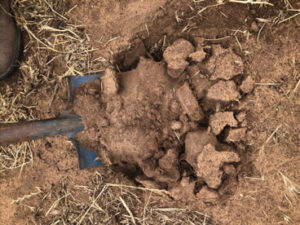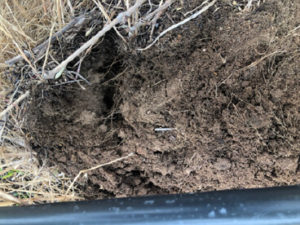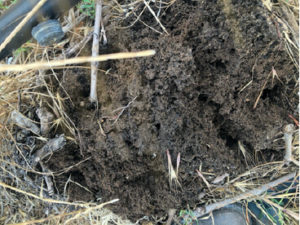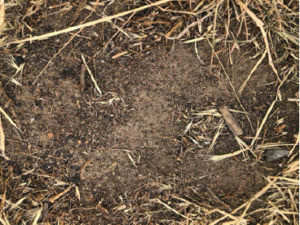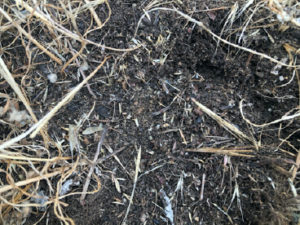We have discussed this extensively amongst ourselves and with our clients and continue to evolve our thoughts collectively. It means different things to different people but most of us agree we can’t keep farming the way we do as it degrades the very landscape we live from and in.
There are many existing technologies and methods that can be used in different ways and with better timing as well as new techniques to regenerate our soils.
McLaren vale is part of a global farming community network. Many of us have travelled and conversed with farmers in many other countries. We have the WEB to remain in contact and further evolve our relationships globally. Good ecological ideas can spread fast if we want them to.
We are in the age of sharing ideas, knowledge and experience which has been for so long locked up in organisations at a considerable cost. We now have the ability to mobilise change at a far greater pace than ever before, so let’s use it to repair and regenerate our soils for a resilient future.
Our first step -understanding what affect our farming activities have on the ecology of the soil.
Don’t be fooled, bare soil is not good for the water cycle in our farming systems. We talk about soil water retention, but it cannot be done without healthy plant growth. Plants create a carbon/humu
s sponge that is the most superior method at retaining water thus fuelling soil biology and nutrient recycling, plant growth and vine health.
The photos below show how well ground cover works after rain.
